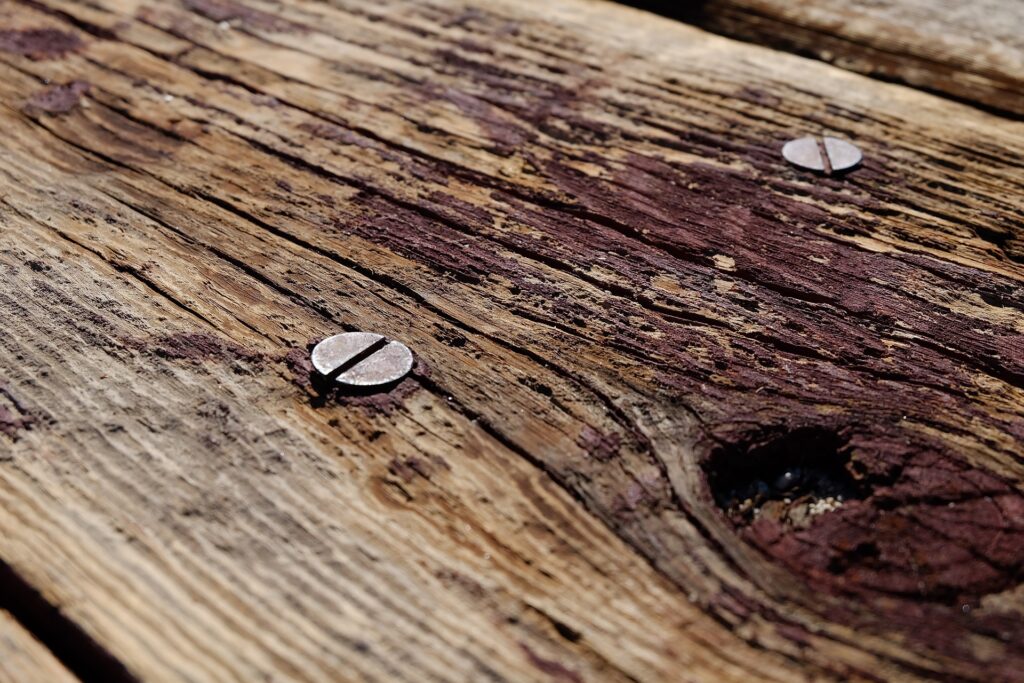Understanding reclaimed & salvaged wood lingo
Reclaimed, salvaged, recycled, upcycled, repurposed, antique, vintage…What’s with all these words floating around woodworking projects these days?
- Reclaimed wood shouldn´t be confused with salvaged wood, which has been cut and stored for several years but is not used for construction.
- Salvaged wood can be many things but in generally we like to think of it as wood that was saved from a stove OR from being discarded in a landfill.
- Recycled and reclaimed parallel in meaning simply because they both refer to repurposing the wood.
- Antique usually means older wood (but define old…10 years? 50 years? 200 years?)
- Vintage…please see antique just above as they are nearly identical in meaning.
- Upcycled typically means a piece was obtained for little to no cost, taken apart and remade into something of higher value (ie. a craigslist free coffee table is remade into a highly desirable custom charcuterie board)

Most all of the words in the mini list above have somewhat similar meanings when it comes to a woodworking project. They often speak to taking wood that’s been used before in a project OR from an older/other time period and remaking something new & fresh with it…generally.
Let’s look at a few other things below that fall into the “reclaimed” category as well.
Types of reclaimed wood
There are various types of reclaimed wood: post-consumer reclaimed and post-industrial reclaimed.
Post-consumer reclaimed typically refers to wood that has been used for a consumer purpose or product. Think of chairs, furniture, tables etc. Post-industrial often means reclaiming/recycling the wood during a production process before the wood reaches customers.
Post-consumer reclaimed wood is often more desirable as it’s got more “character” to it – think wear, tear and signs of use (or the type of things that make it look “vintage”). Post-consumer reclaimed wood is also more likely to be older providing better quality, strength, density and seasoning to it.
On the flip side if you’re not looking for a “vintage” feel or after “antique” styling, reclaimed wood as described above may not be a good fit for your project. It’s all VERY subjective in the world of woodworking.
What’s the difference between reclaimed and salvaged wood?
 Unlike reclaimed wood, which has been used for some kind of building or furniture application, salvaged wood is “new” wood that has been collected as a by-product of another process.
Unlike reclaimed wood, which has been used for some kind of building or furniture application, salvaged wood is “new” wood that has been collected as a by-product of another process.
There are a variety of sources for salvaged wood. Farm trees cut down after they no longer produce fruit or nuts, city trees that risk damaging property OR people if a “big storm” hits are just a couple of examples. Salvaging the wood from situations like these can be an important step in eliminating tree/wood waste and creating beautiful projects and builds.
Salvaged or recovered wood will not usually contain moisture checking, holes or stains found in post-consumer reclaimed wood. Additionally, salvaged wood is typically available in larger dimensions than reclaimed wood which can be desirable for large tables or live edge pieces.
Reclaimed, salvaged, recycled, upcycled, repurposed, antique, vintage…these are generally good things in the world of woodworking. These terms (when accurate and authentic) help reduce waste.